Formal hedges have long been the hallmark of elegant landscapes — from classic European gardens to modern minimalist courtyards. With their clean lines, symmetry, and sculpted shapes, they bring structure and sophistication to outdoor spaces. But the secret to a truly striking hedge lies in one key decision: choosing the right shrubs.
The best shrubs for formal hedges are those that respond well to pruning, maintain dense foliage, and thrive in your local climate. Whether you want a crisp low border or a tall privacy screen, these shrubs can create a refined look that endures year after year.
Here’s a detailed look at the top shrubs for formal hedge designs, along with expert tips on planting, spacing, and care.
1. Boxwood (Buxus sempervirens)
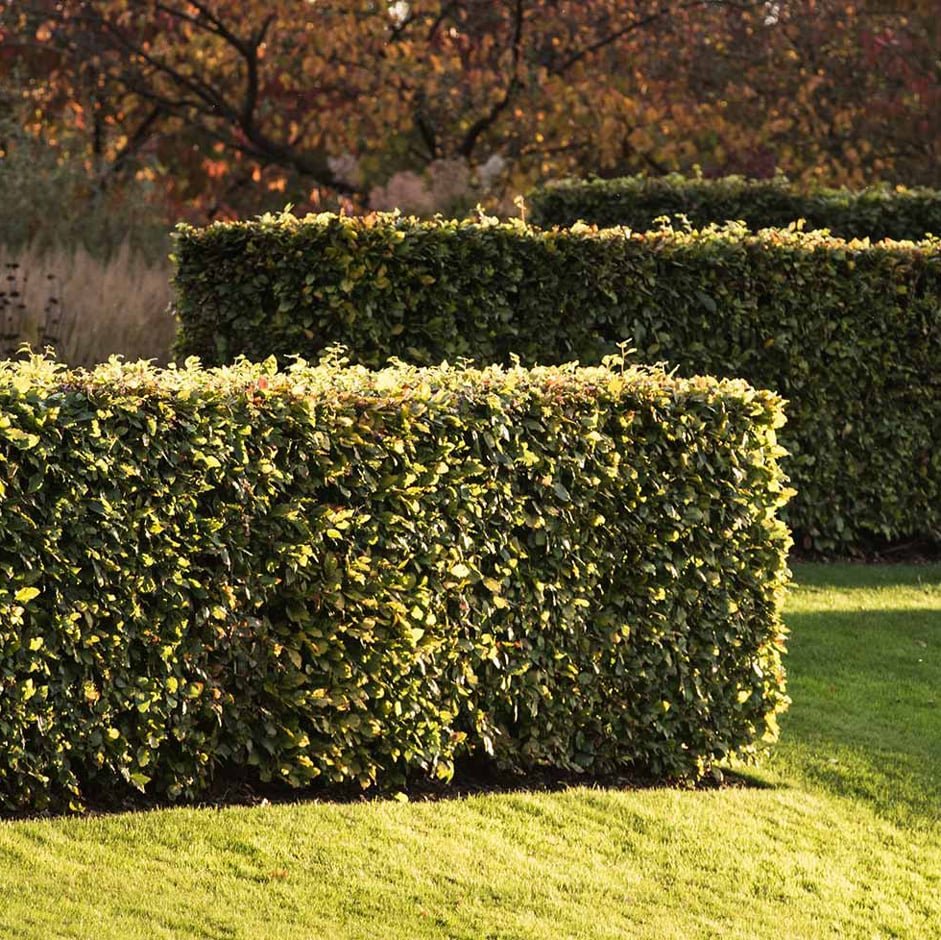
The classic choice for formal hedges.
Boxwood is synonymous with formal garden design. Its small, glossy leaves and dense branching make it ideal for shaping into neat, geometric forms. It’s versatile enough for low borders, intricate parterres, or tall privacy walls.
Why it works:
- Tolerates heavy pruning and frequent shaping.
- Evergreen foliage provides year-round structure.
- Grows well in both sun and partial shade.
- Slow-growing, which helps maintain precise shapes with minimal trimming.
Design tip: For low hedges, choose ‘Suffruticosa’ (Dwarf English Boxwood). For taller, more formal screens, opt for ‘Green Velvet’ or ‘Wintergreen’, which are hardy and full.
Ideal height: 1–6 feet
Best for: Classic gardens, knot gardens, and topiary borders.
2. Privet (Ligustrum species)
Fast-growing and incredibly adaptable.
Privet is one of the most popular choices for homeowners who want quick results. It forms a thick, lush hedge that can be trimmed to a razor-sharp edge or left slightly loose for a softer look.
Why it works:
- Rapid growth makes it easy to fill gaps quickly.
- Responds beautifully to shearing and reshaping.
- Can tolerate urban conditions and a variety of soils.
- Produces small white flowers in summer (though these can be pruned off for a tidier look).
Design tip: Choose Japanese Privet (Ligustrum japonicum) for warm regions, or Common Privet (Ligustrum vulgare) for colder climates. Maintain shape with two trims a year for the neatest look.
Ideal height: 4–12 feet
Best for: Privacy hedges and formal perimeter borders.
3. Yew (Taxus baccata)
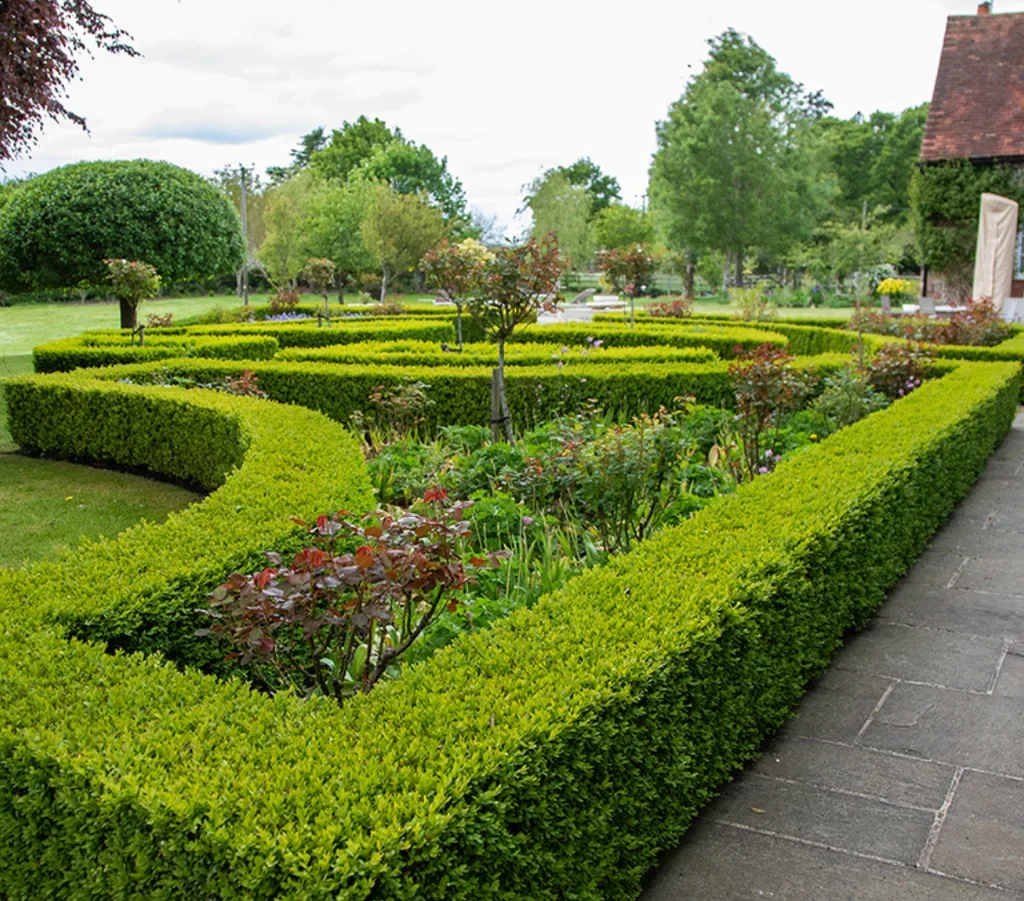
The most regal hedge of them all.
Yew hedges have graced English manor gardens for centuries — and for good reason. Their deep green needles, dense texture, and slow, steady growth make them perfect for intricate sculpting or stately, towering walls.
Why it works:
- Naturally dense and elegant evergreen foliage.
- Tolerates hard pruning, even into old wood.
- Long lifespan—some yew hedges last for hundreds of years.
- Maintains a rich, dark green color year-round.
Design tip: Use Yew for grand entrances, formal driveways, or garden mazes. Keep spacing tight (around 1–1.5 feet apart) for seamless coverage. Avoid waterlogged soil, as Yews dislike standing moisture.
Ideal height: 3–20 feet
Best for: Large estates, classic European-style gardens, or any space where drama and longevity matter.
4. Holly (Ilex crenata or Ilex aquifolium)
A structured hedge with glossy, ornamental appeal.
Holly offers a refined alternative to boxwood, especially the Japanese Holly (Ilex crenata), which has small, smooth leaves similar in appearance but better tolerance for heat and humidity. Traditional English Holly (Ilex aquifolium), with its glossy, spined leaves and red berries, adds color and texture in winter.
Why it works:
- Evergreen and visually striking in all seasons.
- Tolerates shearing for formal lines.
- Adds seasonal interest with berries (on female plants).
- Resistant to deer and many pests.
Design tip: Mix male and female plants if you want berries. Prune in early summer to maintain structure and encourage fullness.
Ideal height: 2–15 feet
Best for: Decorative formal hedges, estate entrances, and holiday-season appeal.
5. Laurel (Prunus laurocerasus)
Lush and luxurious, ideal for tall, dense hedges.
Laurel hedges make an impressive statement with their large, leathery leaves and fast growth. Though often used for privacy, they can be pruned tightly to form an elegant, polished wall of green.
Why it works:
- Rapid growth fills spaces quickly.
- Large evergreen leaves reflect light beautifully.
- Thrives in full sun or partial shade.
- Offers excellent sound and wind protection.
Design tip: Keep in mind that laurel grows vigorously—plan to trim at least twice a year. For a formal look, use sharp hedge trimmers to keep edges crisp.
Ideal height: 6–20 feet
Best for: Large properties, privacy screens, or areas needing sound reduction.
6. Photinia (Photinia × fraseri ‘Red Robin’)
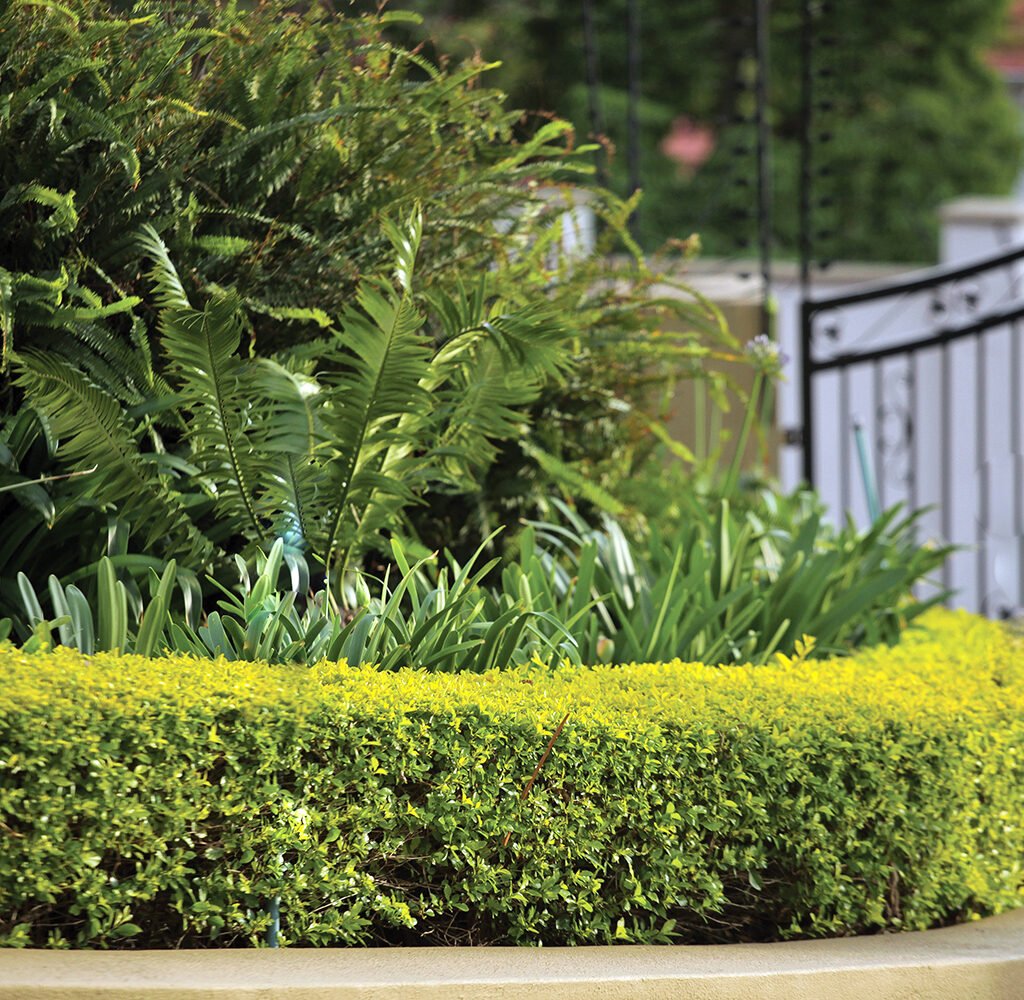
A formal hedge with a vibrant twist.
If you want a hedge that offers structure and seasonal color, Photinia is a showstopper. Its new foliage emerges a fiery red before maturing to deep green, creating a dynamic, elegant display.
Why it works:
- Attractive two-tone foliage brings visual interest to formal layouts.
- Evergreen and low-maintenance once established.
- Handles pruning well and regrows quickly.
- Works beautifully as a backdrop to flowering plants.
Design tip: Trim Photinia regularly to encourage new red growth and maintain density. Avoid overwatering, as it prefers well-drained soil.
Ideal height: 5–12 feet
Best for: Formal gardens that need a pop of color without sacrificing structure.
7. Beech (Fagus sylvatica)
A deciduous option with year-round texture.
While Beech isn’t evergreen, it retains its coppery leaves through winter, offering warmth and coverage even after the growing season. Its fine texture and ability to form crisp lines make it a refined choice for formal designs.
Why it works:
- Dense foliage forms a tight, elegant hedge.
- Golden-brown leaves cling through winter, providing four-season interest.
- Responds well to pruning, keeping its shape perfectly.
- Adds rich color variation as seasons change.
Design tip: For a classic European look, try alternating Green Beech and Copper Beech for subtle contrast. Plant 18 inches apart for tight coverage.
Ideal height: 4–15 feet
Best for: Traditional landscapes, parterre gardens, or large lawns with structured borders.
Designing the Perfect Formal Hedge
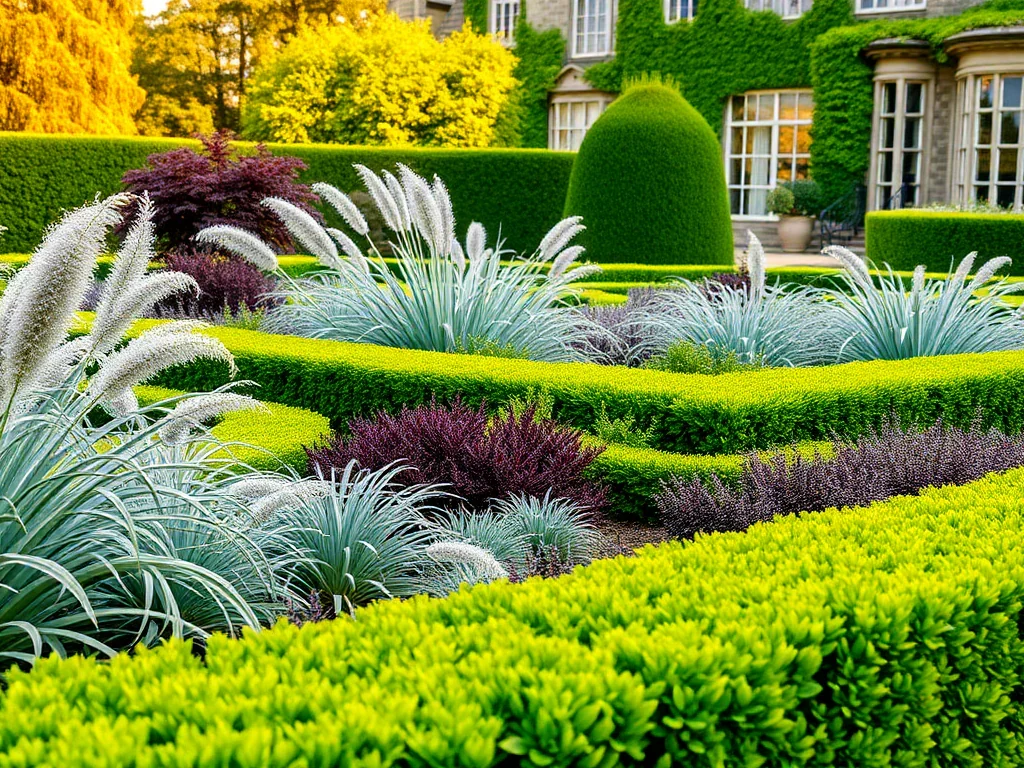
A formal hedge should be structured, symmetrical, and proportionate to the surrounding space. Beyond plant selection, here are a few design fundamentals to ensure lasting success:
1. Define purpose:
Decide whether the hedge is decorative, functional (privacy or windbreak), or architectural (defining garden rooms).
2. Plan spacing carefully:
Plant close enough for a continuous hedge, but not so tight that roots compete. Generally, 12–24 inches apart works for most shrubs.
3. Prune consistently:
Regular trimming (once or twice a year) keeps edges sharp and foliage dense. Always taper slightly so the base is wider than the top—this ensures even sunlight and prevents thinning.
4. Maintain the soil:
Formal hedges thrive in nutrient-rich, well-drained soil. Add compost annually and mulch to retain moisture.
5. Keep it balanced:
Avoid making your hedge too tall for the space—it should enhance, not overwhelm, the landscape.
Final Thoughts
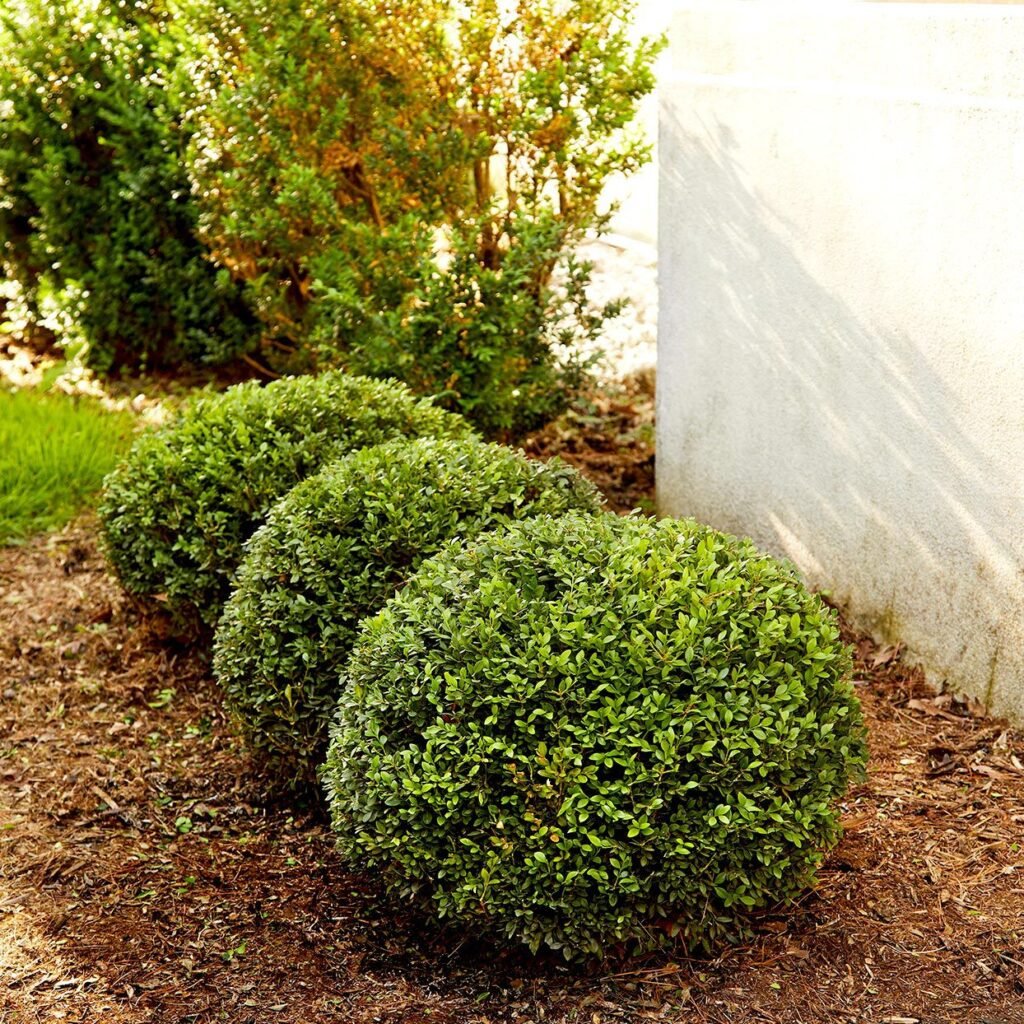
Formal hedges are living architecture—combining the precision of design with the beauty of nature. The best shrubs for this purpose—Boxwood, Yew, Privet, Holly, Laurel, Photinia, and Beech—offer year-round form, color, and resilience when maintained properly.
Whether you’re outlining a walkway, framing a patio, or crafting a stately entrance, these shrubs provide structure and sophistication that never go out of style. With thoughtful planting and regular care, your hedge can stand tall and beautiful for decades—turning your garden into a picture of timeless elegance.
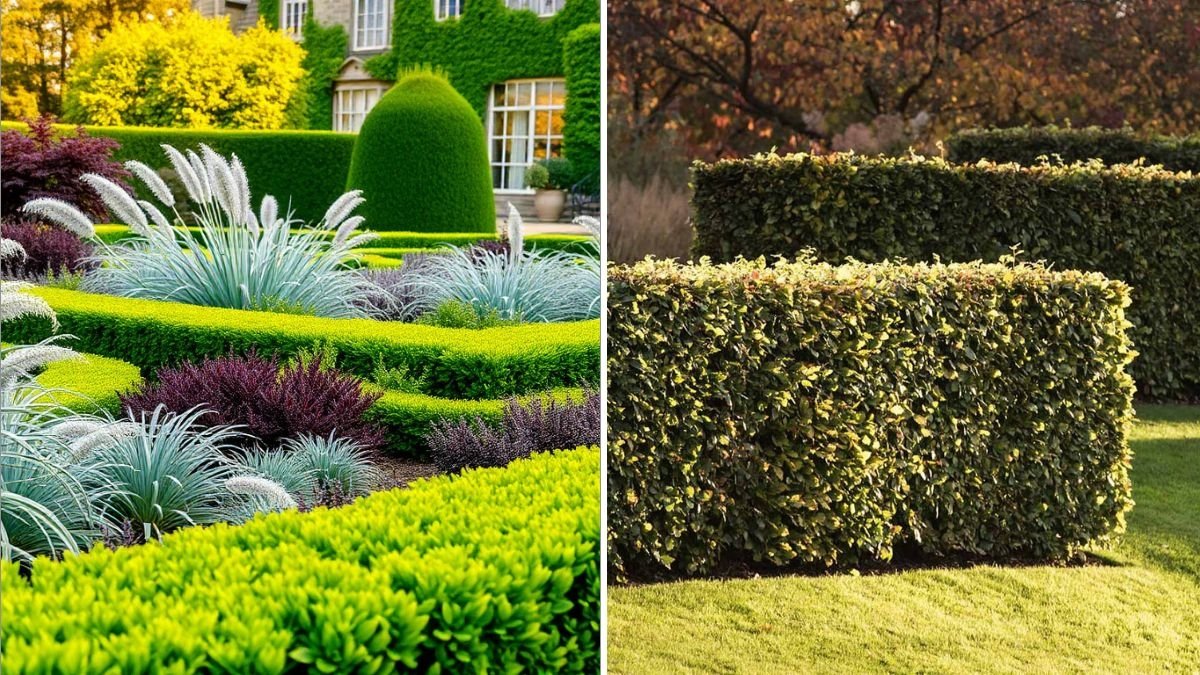





Leave A Comment